In the intricate tapestry of nature, few creatures demonstrate engineering prowess quite like ants. Among their many remarkable abilities, certain ant species construct elaborate highway systems that extend far beyond serving just their colonies. These living roadways—formed by the collective movement of millions of tiny beings—create pathways through forests, grasslands, and deserts that ultimately influence entire ecosystems. As these industrious insects march along their well-worn trails, they transport nutrients, disperse seeds, aerate soil, and create microhabitats that support countless other organisms. The ant highway is not merely a convenience for its builders but a critical infrastructure that helps maintain ecological balance and biodiversity across landscapes worldwide. This fascinating phenomenon illustrates how relatively small creatures can have disproportionately large impacts on their environments through their daily activities.
The Architecture of Ant Highways

Ant highways are marvels of natural engineering, created through the combined efforts of thousands or even millions of individual ants. These pathways are not constructed in the traditional sense but rather emerge from the repeated travel of ants along the same routes, gradually clearing vegetation and debris to form distinct trails. In many species, particularly those in the Formica and Atta genera, workers actively maintain these routes by removing obstacles and smoothing the surface to allow for more efficient travel. The most elaborate ant highways can stretch hundreds of feet from the nest, forming complex networks with main thoroughfares and smaller tributary paths. What makes these structures even more remarkable is their optimization for efficiency—ants intuitively create the shortest possible routes between resources and their colony, sometimes even accounting for terrain difficulties in ways that mirror human engineering principles.
Chemical Communication: The Invisible Traffic System
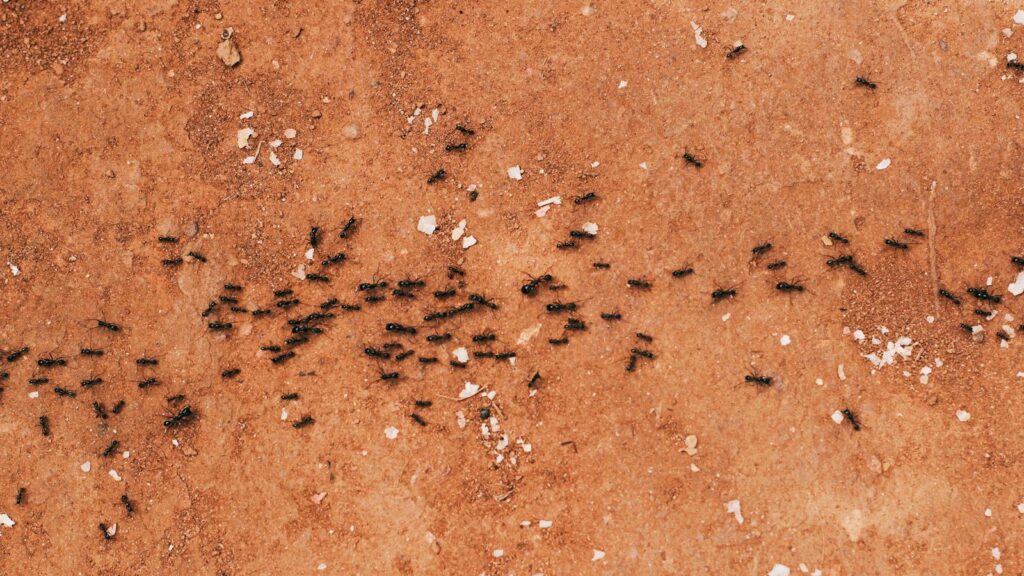
The foundation of ant highways lies in sophisticated chemical communication systems that guide collective movement. As ants traverse their environment, they deposit pheromones—chemical signals that serve as both maps and messages for their nestmates. These pheromone trails become stronger with repeated use, creating a positive feedback loop that establishes and reinforces the most efficient routes. Different species employ various pheromone compounds, with some using complex combinations that can communicate information about food quality, danger, or colony needs. The chemical trails are constantly being updated and modified; when resources are depleted or dangers emerge, ants can rapidly abandon or reroute highways by allowing pheromones to dissipate naturally. This dynamic communication system allows ant highways to adapt to changing environmental conditions in ways that static human infrastructure cannot, creating living roadways that evolve in real-time with the needs of the colony and the ecosystem.
Seed Dispersal Superhighways

One of the most significant ecological benefits of ant highways comes from their role in seed dispersal, a process known as myrmecochory. Many plant species have evolved seeds with special appendages called elaiosomes—fatty, nutritious structures that entice ants to collect and transport the seeds back to their nests. As ants carry these seeds along their highways, some inevitably get dropped along the way, effectively planting them in new locations. Others reach the nest where ants consume the elaiosome but leave the seed itself intact, often in nutrient-rich waste chambers that provide ideal germination conditions. Research has shown that some forest ecosystems rely heavily on this ant-mediated seed dispersal, with studies documenting that up to 30-40% of herbaceous plants in certain temperate forests depend on ants for propagation. The highway networks extend the range of this seed dispersal, creating corridors for plant colonization that enhance genetic diversity and resilience in plant communities.
Soil Engineers Reshaping Landscapes
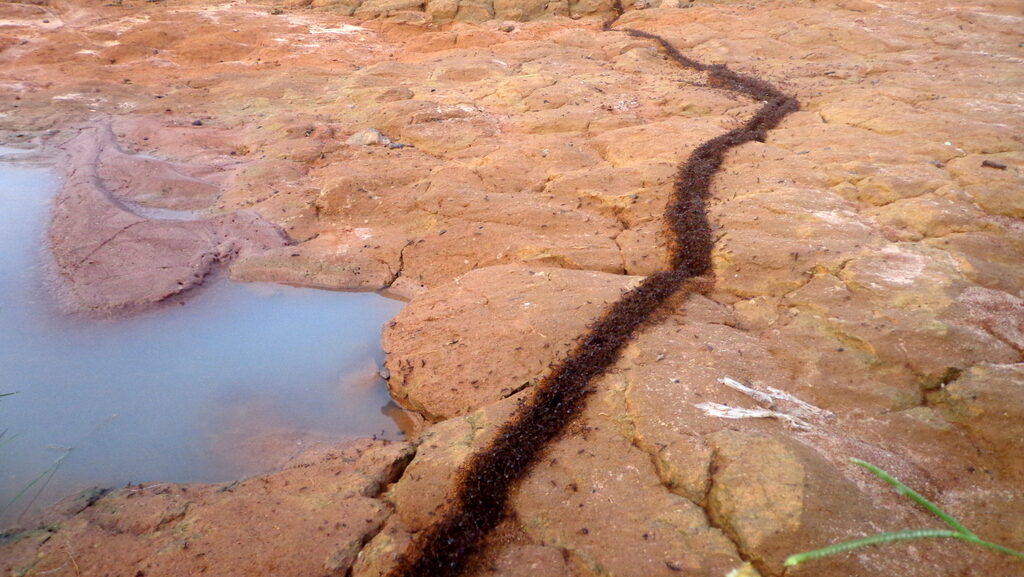
Ant highways serve as centers of intense soil engineering that can transform the physical and chemical properties of landscapes. The constant traffic of thousands of tiny feet compacts certain areas while the excavation activities around highway entrances to underground nests loosen and aerate others. This selective soil manipulation creates microhabitats with varying soil density, moisture content, and nutrient profiles. Studies have shown that areas along ant highways often have significantly different soil composition compared to just a few feet away, with higher concentrations of phosphorus, nitrogen, and other essential nutrients. In arid environments, the soil structure changes created by ant highways can improve water infiltration and retention, reducing runoff and erosion during rainfall events. Over time, these alterations can influence which plant species thrive in different areas, effectively reshaping the botanical composition of entire habitats through the simple act of ants traveling to and from their nests.
Leaf-Cutter Ants: Agricultural Revolutionaries

Leaf-cutter ants, particularly those in the Atta and Acromyrmex genera, create some of the most distinctive and ecologically impactful highways in the tropical and subtropical Americas. Their broad trails, often reaching 30cm in width, serve as transportation routes for fragments of leaves that workers diligently cut from surrounding vegetation. These leafy highways can stretch over 250 meters from the nest and represent remarkable feats of collective labor and organization. The ecological impact of these particular highways is profound—leaf-cutters can harvest up to 17% of the leaf production in their territories, acting as major herbivores that influence forest composition and succession. The nutrients they transport create enriched zones around their nests that can support different plant communities, effectively creating islands of distinct biodiversity. Furthermore, their garden chambers, where they cultivate fungus on the leaf material, represent one of the earliest forms of agriculture on Earth and create unique subterranean ecosystems that support numerous other organisms, from specialized mites to particular bacterial communities.
Predator Highways: Efficient Hunting Networks

For predatory ant species, highways serve as critical infrastructure for hunting operations that can influence entire arthropod communities. Army ants in particular, including species in the Eciton genus, are renowned for their dramatic “raid fronts” that advance along established trails, systematically sweeping through areas to capture prey. These mobile predator highways can dramatically reshape invertebrate populations in the areas they traverse, creating what scientists call a “moving mosaic” of predation pressure. Research has documented that areas recently traversed by army ant highways show marked decreases in certain arthropod populations, followed by gradual recovery periods after the ants move on. This cycling of predation intensity helps maintain diversity by preventing any single prey species from dominating. Additionally, the predictable nature of these hunting highways has led to fascinating evolutionary adaptations in other species—numerous birds, insects, and even mammals have developed strategies to follow ant raids, benefiting from the prey items flushed out by the advancing ant columns in a phenomenon known as “raid-following.”
Highways as Thermal Regulators

Ant highways play a surprising role in microclimate regulation, particularly in forests and grasslands where their clearance activities create distinct thermal corridors. By removing vegetation and exposing soil along their routes, ants create paths that absorb and retain heat differently than the surrounding landscape. Infrared imaging studies have shown that ant highways can be several degrees warmer than adjacent areas during cool periods and sometimes cooler during extreme heat due to changes in surface reflectivity and evaporation rates. These thermal properties influence ant activity patterns, allowing colonies to extend their foraging periods by using highways as thermal refuges during temperature extremes. The microclimate modifications extend beyond the ants themselves—many small organisms take advantage of these thermal gradients, from soil microbes that become more active in the warmer soil to small invertebrates that shelter along highway edges during temperature extremes. In some ecosystems, particularly in cooler climates, the accelerated snowmelt along dark ant highways in spring creates some of the first bare ground habitat available to other organisms, effectively speeding up seasonal ecological transitions.
Cross-Species Highway Usage
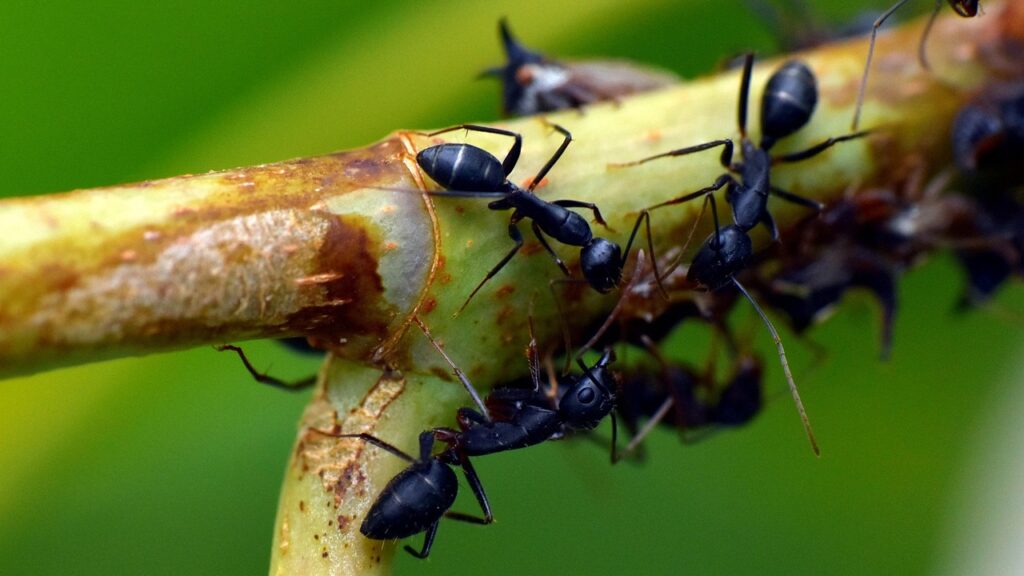
While ants create highways primarily for their own colonies, these pathways often become multicultural thoroughfares used by numerous other species. Researchers have documented dozens of arthropod species regularly traveling along established ant highways, effectively hitchhiking on the infrastructure without contributing to its maintenance. Some of these relationships are commensal, with the secondary species simply taking advantage of the cleared path, while others are more complex. Certain aphid species, for instance, have evolved mutualistic relationships where they are actively transported along ant highways to new feeding sites in exchange for providing honeydew, a sugar-rich excretion that ants harvest. Even vertebrates make use of ant engineering—small mammals and ground-dwelling birds have been observed preferentially moving along ant highways in dense vegetation, taking advantage of the path of least resistance. These multi-species usage patterns highlight how ant highways function as public infrastructure in natural ecosystems, creating connectivity that benefits biodiversity beyond the architects themselves.
Highways as Disease Barriers and Vectors
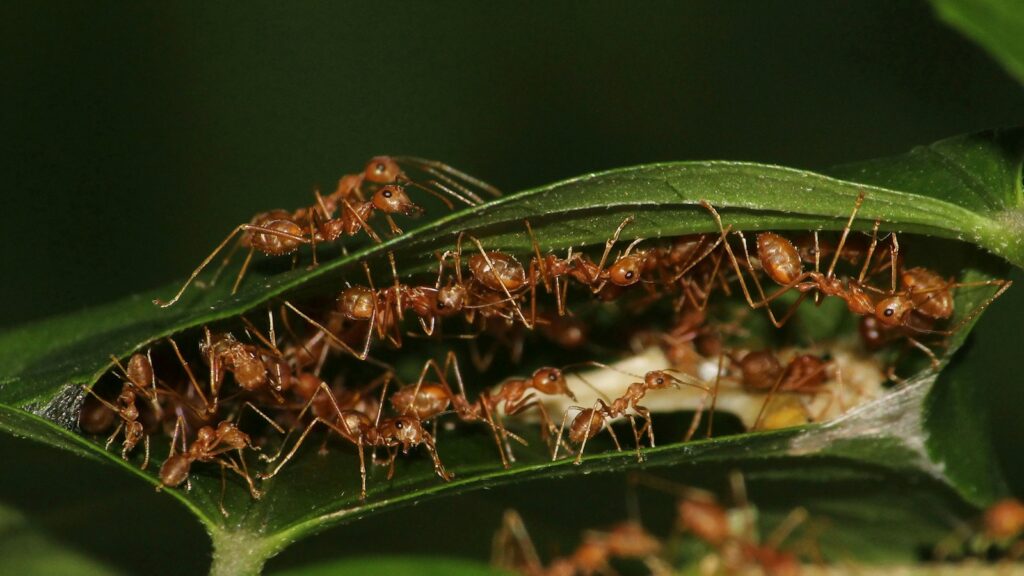
The dual nature of ant highways as both barriers and vectors for pathogens creates fascinating disease dynamics in ecosystems. Many ant species incorporate antimicrobial compounds into their highways, either through deliberate secretions or as a byproduct of their normal chemistry. These compounds can suppress certain soil pathogens, creating zones where particular diseases are less prevalent. Research has documented lower fungal pathogen loads in soil directly adjacent to certain ant highways, particularly those of species that harvest antibiotic-producing microbes. Conversely, highways can also function as transmission corridors for certain diseases, with the constant traffic potentially spreading microbial organisms across landscapes. This is particularly significant in agricultural settings, where farming ants that cultivate fungus gardens must manage complex disease dynamics along their transportation networks. The balance between pathogen suppression and transmission along ant highways illustrates the complex and sometimes contradictory effects these structures can have on ecosystem health, functioning simultaneously as barriers and bridges for microscopic organisms.
Economic Impact: Ants as Ecosystem Service Providers

The highway-building activities of ants translate into tangible economic benefits for human societies, often operating invisibly but effectively as ecosystem service providers. In agricultural landscapes, ant highways facilitate the movement of predatory ants that control pest populations, with studies showing significant reductions in crop damage where healthy ant communities maintain extensive trail networks. The soil engineering associated with highways improves water infiltration and reduces erosion, services that would otherwise require expensive human intervention in managed landscapes. In forest ecosystems, the seed dispersal facilitated by ant highways contributes to natural regeneration processes valued at thousands of dollars per hectare in restoration contexts. Economists attempting to quantify these benefits have estimated that ants’ engineering activities, including their highway construction, provide ecosystem services worth billions of dollars annually on a global scale. These calculations typically factor in the replacement costs—what humans would need to spend to achieve similar outcomes through technological means—and highlight the tremendous economic value of preserving functioning ant communities and their infrastructure.
Threats to Ant Highway Systems
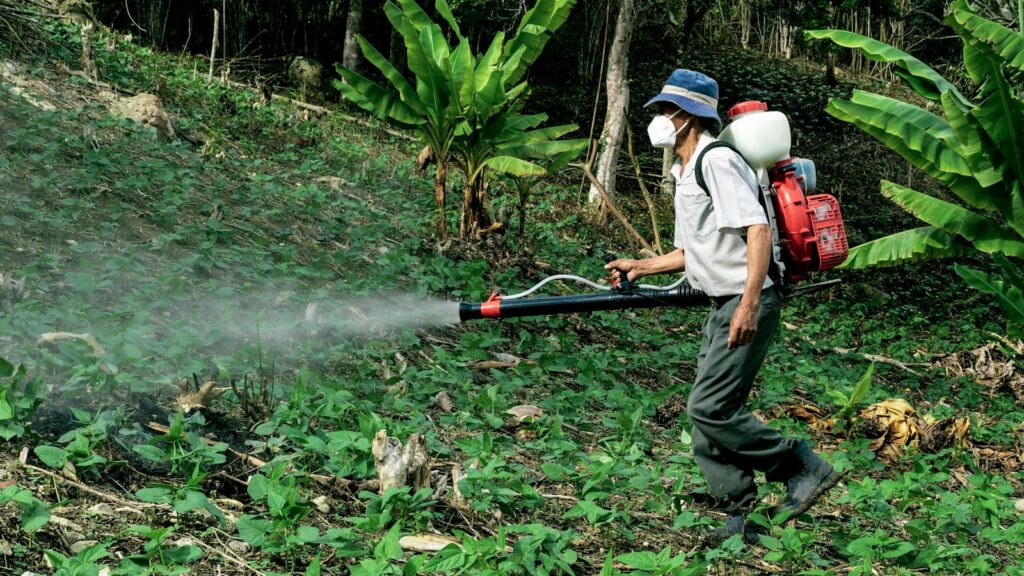
Despite their ecological importance, ant highway systems face numerous threats from human activities that can disrupt or destroy these critical infrastructure networks. Habitat fragmentation from roads, agriculture, and urban development physically severs ant highways, isolating colonies from resources and limiting their ecosystem services. Chemical pollution, particularly from pesticides and herbicides, can degrade the chemical communication systems that maintain highways, causing confusion and inefficiency in ant movements. Climate change presents perhaps the most pervasive threat, as shifting temperature and precipitation patterns alter the environmental conditions under which ant highways evolved. Some species have narrow thermal tolerances for aboveground activity, and increasing temperatures may reduce the time available for highway maintenance and use. Invasive ant species represent another significant threat, as they often displace native highway-building species with different movement patterns and ecological relationships, potentially disrupting long-established ecosystem interactions. Conservation efforts increasingly recognize the need to protect not just ant species themselves but the functional highway networks they create and maintain.
Biomimicry: Learning from Ant Highways
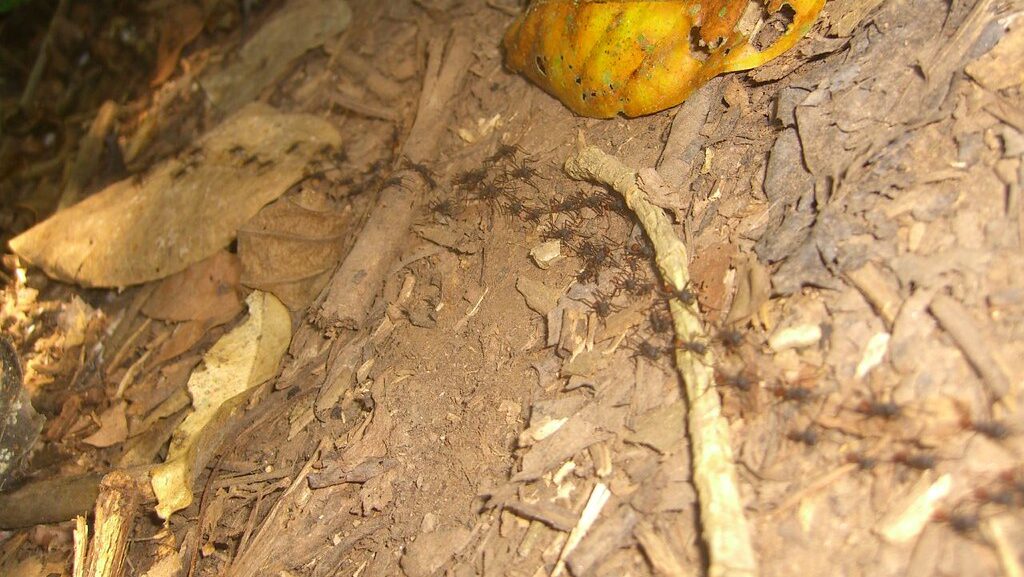
The elegant efficiency of ant highways has not gone unnoticed by human engineers and computer scientists who increasingly look to these natural systems for inspiration. Traffic engineers study how ants prevent congestion on their highways despite lacking centralized control, applying these principles to human transportation systems and autonomous vehicle networks. The field of swarm robotics draws heavily from ant behavior, developing algorithms based on the simple decision rules that allow individual ants to create and maintain effective highways without global oversight. Computer scientists have developed “ant colony optimization” algorithms that mimic how ants find efficient routes, applying these approaches to everything from telecommunications network design to logistics planning for delivery companies. Perhaps most intriguingly, urban planners increasingly incorporate lessons from ant highway systems when designing pedestrian flow in public spaces, recognizing that the emergent patterns from thousands of individual decisions often create more efficient systems than top-down planning. This cross-disciplinary interest in ant highways highlights how much we still have to learn from these ancient architects whose engineering solutions have been refined through millions of years of evolution.
